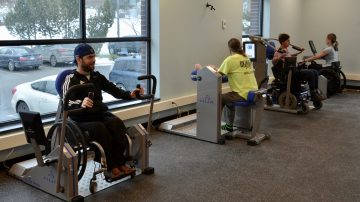Simplified, easy to read, descriptions of the research conducted by members of the SCI Action Canada Lab.
Relationships Between Sport and Exercise Participation and Subjective Well-Being Among Adults with Physical Disabilities: Is Participation Quality More Important than Quantity?
Article Authors: Kathleen A. Martin Ginis, Cameron M. Gee, Adrienne Sinden, Jennifer Tomasone & Amy Latimer-Cheung
Lay summary written by: Cameron M. Gee
Sport and exercise participation by people with disabilities has been associated with improvements in quality of life. However, previous studies only looked at the amount of sport or exercise people were doing and not the quality of the participation. We asked people with disabilities about the amount of sport or exercise they did, quality of these experiences, and their quality of life. Using modelling techniques we found that more variance in all measures of quality of life was explained by the quality than quantity of sport and exercise participation. Researchers, as well as exercise professionals working in the community, may use these results to develop sport and exercise programs people with disabilities are more likely to maintain.
Check out the full paper here!
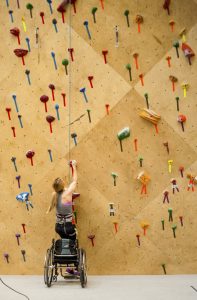
___________________________________________________________________________________________________________________
Physical Activity, Well-Being, and the Needs of Canadians with Disabilities during the COVID-19 Pandemic
Article Authors: Cameron M. Gee., Femke Hoekstra, Joan Ubeda-Colomer, Tara Joy Knibbe, Pinder DaSilva, & Kathleen A. Martin Ginis
Lay summary written by: Cameron M. Gee
This study reported on a survey of physical activity participation, well-being, and perceived needs of more than one-thousand Canadians with disabilities during the COVID-19 pandemic. We also asked respondents about their physical and mental health and whether their needs were being met or unmet. The survey was done in partnership with staff of Abilities Centre and was conducted over two separate timeframes. This study found that physical activity decreased in two-thirds of respondents during the pandemic compared to before the pandemic. We also report that about half of respondents did not do any physical activity at a moderate or heavy intensity and that access to recreation and leisure centers was the greatest unmet need identified by Canadians with disabilities during the pandemic. The findings of the Survey were used to support policy change to remove barriers to PA participation for people with disabilities in Ontario.
Check out the full paper here!
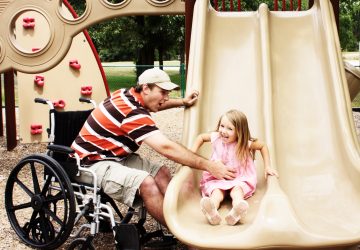
________________________________________________________________________________________________________________________________
The effects of active upper-limb versus passive lower-limb exercise on quality of life among individuals with motor-complete spinal injury
Article Authors: Cameron M. Gee., Adrienne, R. Sinden, Andrei V. Krassioukov, and Kathleen A. Martin Ginis
Lay summary written by: Cameron M. Gee

This study compared the effects of arm-cycling and body weight supported treadmill training on measures of quality of life in thirty-five people with spinal cord injury. We also looked at how the relationship between changes in physical activity levels, and predictors of quality of life. This clinical trial was done at two hospital- and one University-based exercise programs. While neither type of exercise improved quality of life, arm-cycling did reduce pain. In the treadmill training group only, changes in physical activity levels was associated with changes in quality of life. In the arm-cycling group, changes in independence were associated with changes in quality of life. Our results suggest that the environment where exercise is done may be important for improving quality of life and researchers should consider this when designing future studies.
Check out the full paper here!
________________________________________________________________________________________________________________________________
Evaluating the acceptability and engagement of a physical activity mHealth program for persons who walk with spinal cord injury
Article Authors: Sarah Lawrason and Kathleen M. Martin Ginis
Lay summary written by: Sarah Lawrason
People living with a spinal cord injury (SCI) who walk need support to participate in physical activity because of the many barriers they experience on a regular basis. We developed a mobile app that allows people with SCI who walk to complete weekly modules about physical activity (e.g., goal setting), connect with peers, talk with a health coach, and track their physical activity. The study aimed to understand engagement with the app and whether people liked the program after 8-weeks. Using app data and interviews, we found that engagement with the app waned over time but people liked the program. Participants were happy to have a targeted resource that allows them to connect with peers. Future research can use the recommendations provided to improve the app’s sustainability and engagement.
Check out the full paper here!
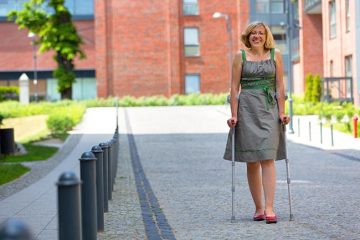
________________________________________________________________________________________________________________________________
Theory- and evidence-based best-practices for physical activity counselling for adults with spinal cord injury
Article Authors: Femke Hoekstra, Heather Gainfort, Rogier Broeksteeg, Stephanie Corras, Delaney Collins, Sonja Gaudet, Emily Giroux, Shannon McCallum, Jasmin Ma, Diane Rakiecki, Shannon Rockall, Rita Van den Berg – Emons, Vilsteren – Bessembinders, Anniek van, Jereme Wilroy, and Kathleen Martin Ginis
Lay summary written by: Femke Hoekstra
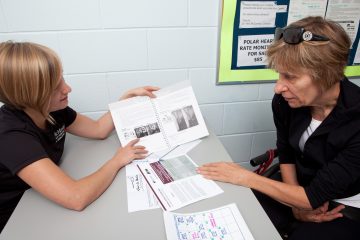
This project presents the first theory- and evidence-based best practices for physical activity counselling for adults with spinal cord injury (SCI). The best practices are based on the best available scientific evidence on effective SCI-specific physical activity counselling and health behavioural change research. They are developed by an international group of SCI researchers, counsellors and people living with a SCI. The project resulted in best practices on how to have a conversation and what to discuss during a conversation. A group of external experts rated the best practices as clear, useful and appropriate. These new best practices can help to improve physical activity counselling programs for adults with SCI.
Check out the full paper here!
________________________________________________________________________________________________________________________________
Operationalizing the RE-AIM framework for a physical activity coaching program for adults with spinal cord injuries
Article Authors: Kenedy Olsen, Kathleen M. Martin Ginis, Sarah Lawrason, Cath Lecornu Levett, Kristen Walden, Christopher McBride, and Jasmin Ma
Lay summary written by: Kenedy Olsen
Individuals with spinal cord injuries (SCI) often are unable to participate in physical activity easily after their injury has occurred due to many barriers in the community such as lack of funding, inaccessible facilities, and difficulty with transportation. The goal with this project was to assist individuals with a SCI in maintaining a physically active lifestyle after their injury has occurred. In order to promote physical activity, physiotherapists from a rehabilitation hospital and peer supporters were paired one on one with individuals who have been injured in order to provide physical activity coaching. We found that individuals who received physical activity coaching had improved physical activity behaviour and attitudes toward physical activity compared to before they received this coaching.
